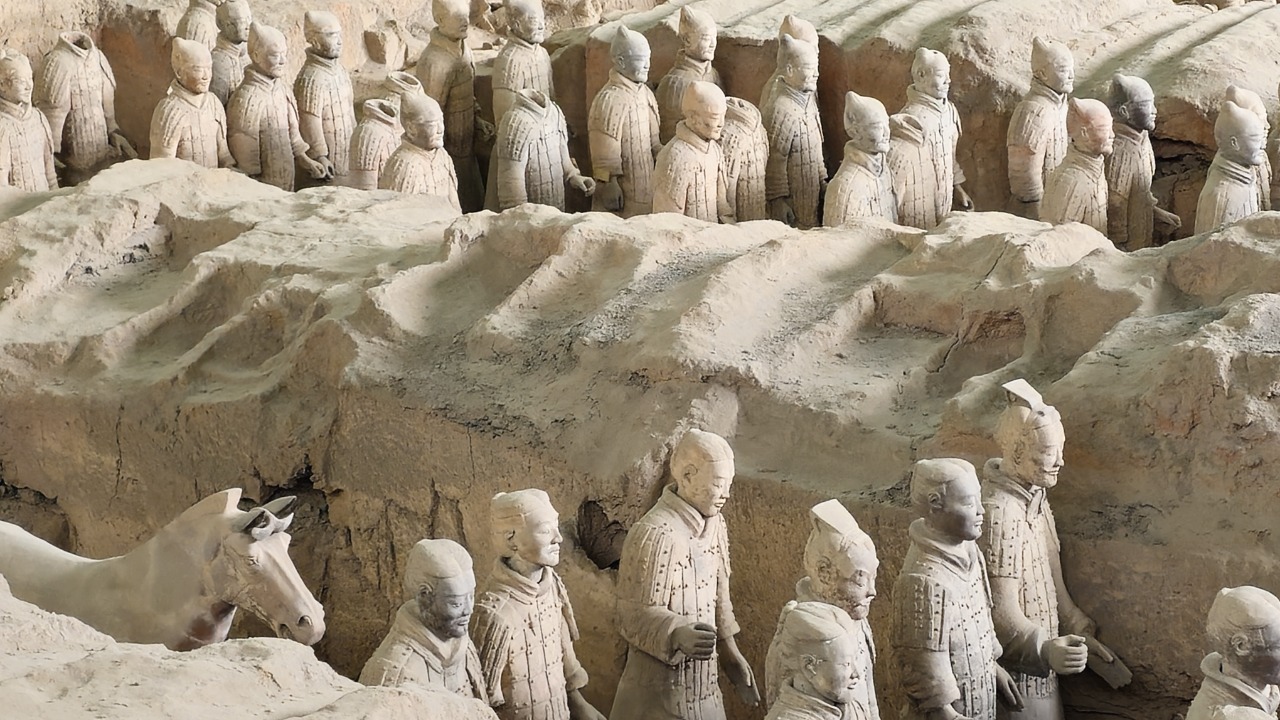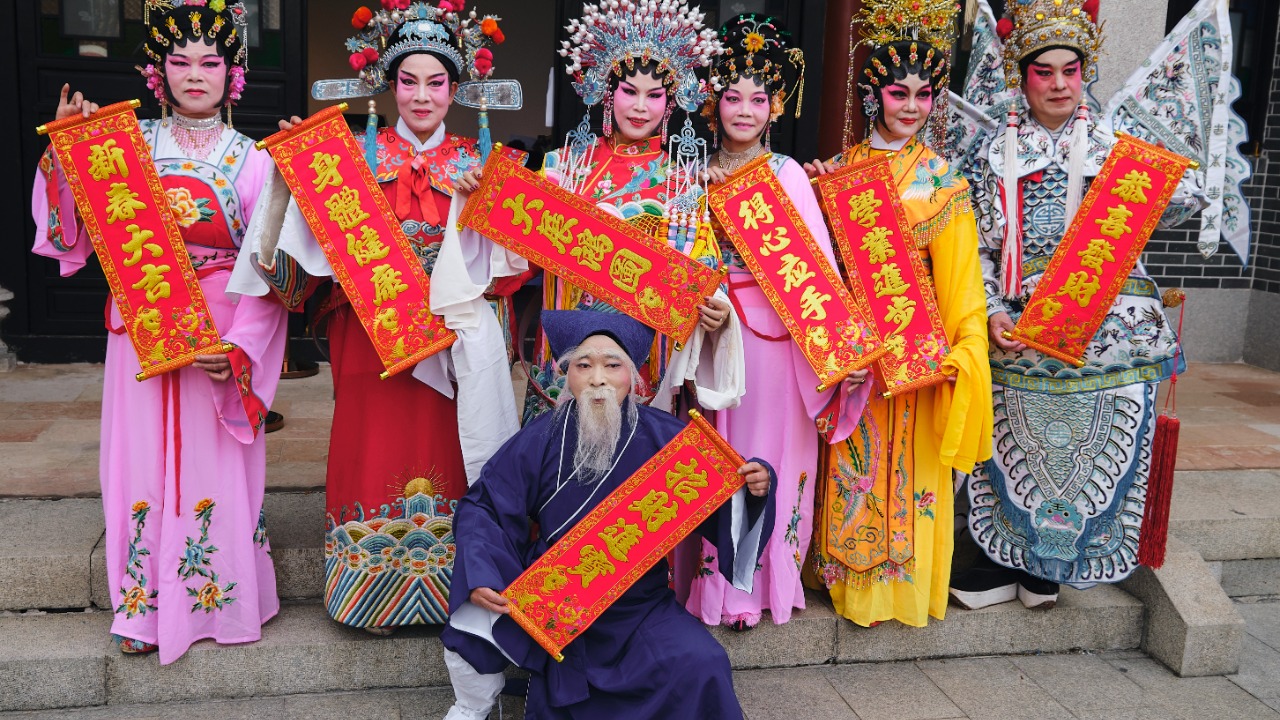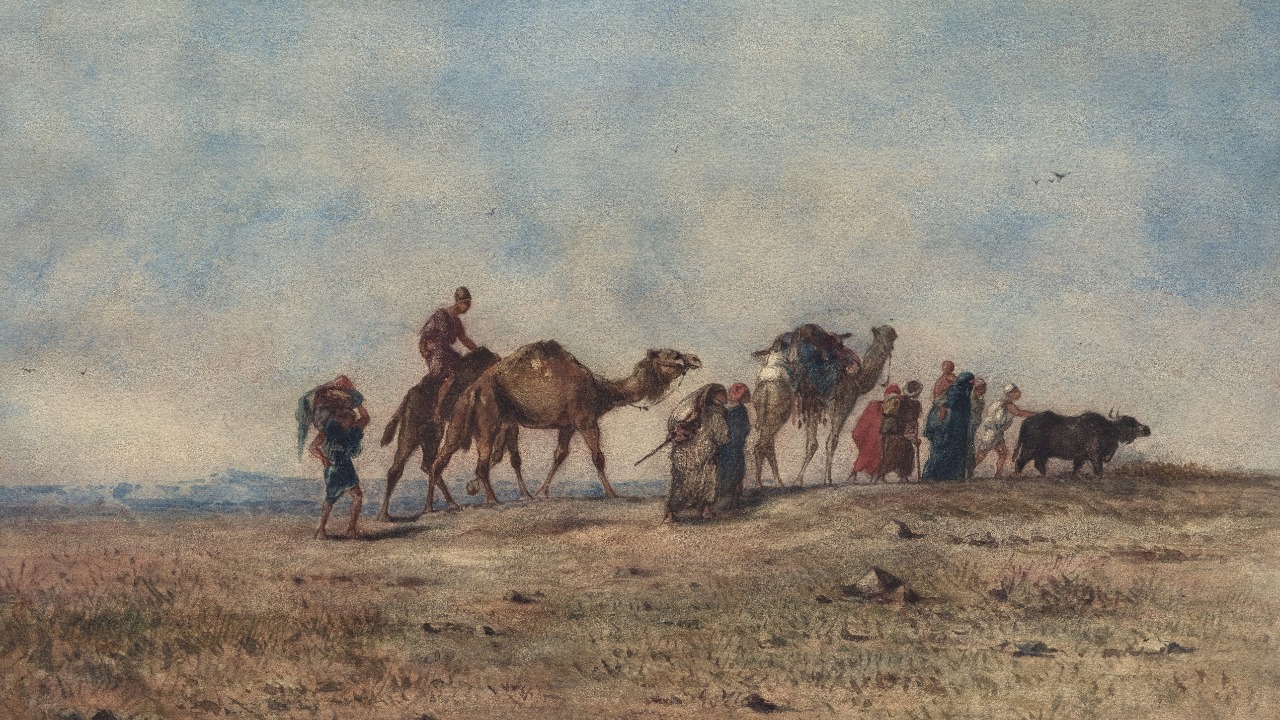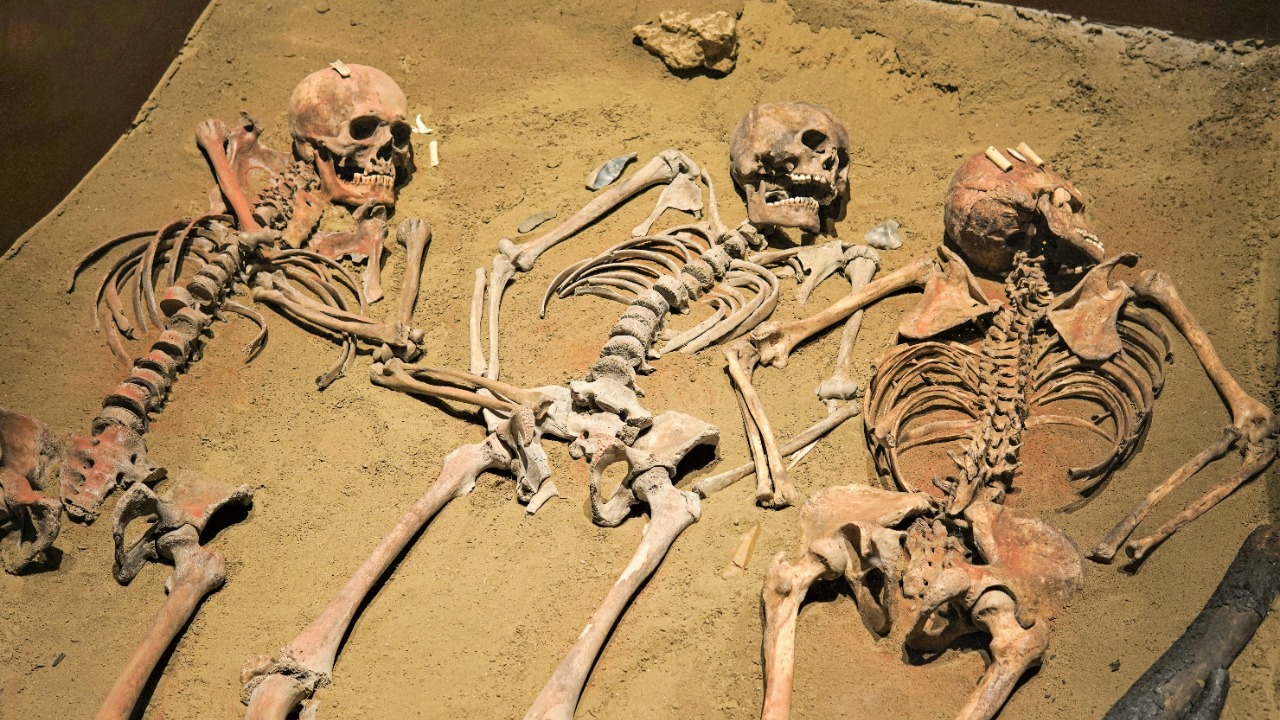
Archaeologists excavating a 2,500-year-old tomb in China have uncovered the remains of a man with blonde hair, challenging long-held assumptions about the region’s ancient populations. This unexpected discovery, dated to around 500 BCE, suggests possible interactions or migrations from distant lands, as the man’s features indicate non-local origins. The find, located in a historical site tied to early Chinese dynasties, has sparked debates on ancient trade routes and genetic diversity.
The Discovery of the Tomb

The tomb was unearthed during routine archaeological surveys in northwestern China, a region rich in historical significance. The excavation revealed a well-preserved chamber structure typical of the Warring States period, complete with pottery and tools that helped date the site to approximately 500 BCE. The tomb’s design and artifacts provide a glimpse into the burial practices and material culture of the time, offering valuable insights into the era’s societal norms.
The remains were identified through meticulous excavation and analysis, with the preservation conditions allowing for a rare opportunity to analyze visible hair color. The blonde hair was a striking feature, preserved well enough to be confirmed through forensic examination. This aspect of the discovery has intrigued researchers, as it suggests a level of genetic diversity not commonly associated with ancient Chinese populations. The preservation of the hair, along with other organic materials, was facilitated by the tomb’s stable environmental conditions, which protected the remains from the elements.
Physical Characteristics of the Remains

The skeletal features of the remains present a fascinating deviation from the typical East Asian profiles of the era. The estimated height and build, along with the cranial structure, suggest that the individual may have had origins outside the region. The blonde hair, confirmed through forensic analysis, was of particular interest due to its length, texture, and color, which were preserved well enough to provide clear evidence of its unusual hue for the area. This discovery has prompted further investigation into the man’s possible origins and the implications for understanding ancient population movements.
Accompanying the remains were various grave goods, including burial attire and jewelry, which provide additional clues to the man’s status or origin. These artifacts, analyzed alongside the physical characteristics, suggest that the individual may have held a significant position within his community or was perhaps a traveler from a distant land. The presence of such items indicates a level of wealth or importance, further complicating the narrative of his origins and role in the society of the time.
Historical Context and Implications

The era around 500 BCE was marked by significant migrations and interactions across regions, with early trade routes such as the precursors to the Silk Road facilitating exchanges between distant cultures. The discovery of the blonde-haired man in this context raises questions about the extent of these interactions and the potential influences from Central Asia or even further afield. Genetic testing and preliminary DNA analysis have suggested European or Indo-European ancestry for the individual, adding a new dimension to the understanding of ancient Chinese history.
Experts have reacted with intrigue and excitement, as this find challenges the traditional narratives of ancient Chinese isolation. The lead archaeologist involved in the excavation noted that this discovery could rewrite parts of history, highlighting the complex web of interactions that shaped early civilizations. The implications of this find extend beyond the immediate region, prompting a reevaluation of the cultural and genetic exchanges that occurred during this formative period in history.
Scientific Analysis and Ongoing Research

The dating of the remains was confirmed through radiocarbon analysis, which established the 2,500-year age of the tomb. This scientific method provided a reliable timeline for the burial, aligning with the artifacts and structural features identified during the excavation. The accuracy of this dating is crucial for placing the discovery within the broader historical context and understanding its significance.
Ongoing research plans include advanced studies such as isotope analysis to trace the individual’s diet and mobility patterns. These studies aim to uncover more about the man’s life and origins, potentially linking him to other anomalous burials in Asia. The local museum plays a vital role in preserving the artifacts and remains, ensuring that they are available for further study and public education. This preservation effort is essential for maintaining the integrity of the find and facilitating future research endeavors.
The discovery of the blonde-haired man in an ancient Chinese tomb has opened new avenues for understanding the complexities of ancient populations and their interactions. As research continues, the implications of this find will likely extend beyond archaeology, influencing broader discussions on cultural exchange and genetic diversity in ancient times.
For more details on the discovery process and its implications, you can read the full article on Popular Mechanics. Additional insights into the historical context and expert reactions are available on AOL. Further analysis and ongoing research efforts are discussed in the Indian Defence Review.